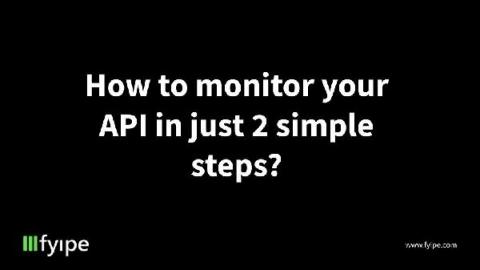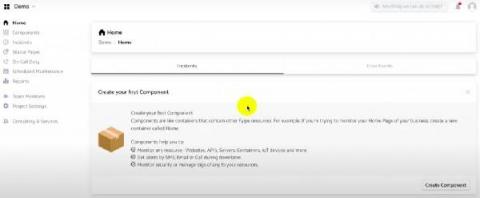Best Practices to implement in Incident Management
They are like 5 stages of an incident: 1. Assess impact 2. Inform customers (statuspage) 3. Identify the issue 4. Mitigate the issue 5. Resolve the incident Then there’s followup and further work. Also important to note that (2) should be ongoing as you progress. Updating the status page should be done within reasonable periods – e.g. every 15-20 mins unless you specify otherwise.











